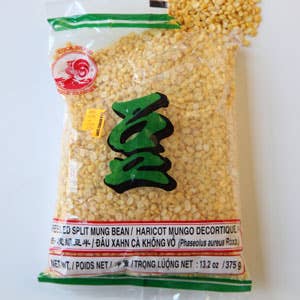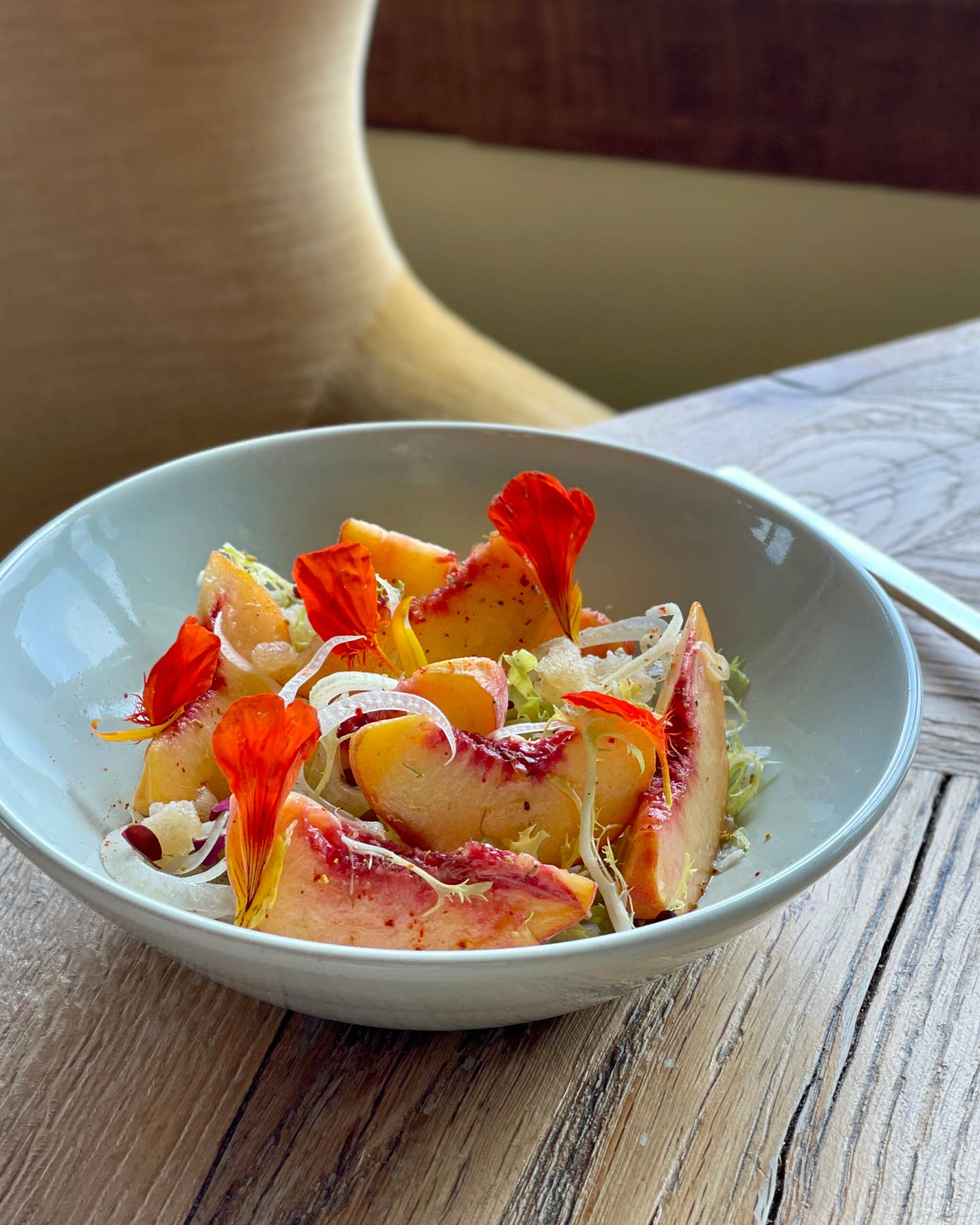
Mung Beans
Throughout Asia, these subtly sweet beans are the base of countless sweet and savory dishes.
Mung beans—used in the making of the banh xeo, or Sizzling Rice Crepes--come from the plant Vigna radiata, which likely originated in India some 3,000 years ago. Unhulled, the small, round beans have an olive green skin; husked and split, they reveal a golden flesh possessed of a subtly sweet flavor and a surprisingly rich texture. In this country, we're the most familiar with the bean's crunchy white sprouts, but in Vietnam and other Asian countries, the beans themselves form the base of countless sweet and savory dishes. Prized for their versatility, the beans, also called green gram beans, are used in soups, porridges, and rice dishes; they can also play a role in desserts like jin doi, a doughnut-like Chinese pastry filled with sweetened mung bean paste, and lend their starchy character to the cellophane noodles used in many Asian soups. What's more, mung beans cook relatively quickly, in roughly half the time needed for legumes like yellow lentils. Look for the beans at Asian, Indian, and Middle Eastern markets, usually labeled "peeled split mung beans".
Keep Reading
Continue to Next Story










